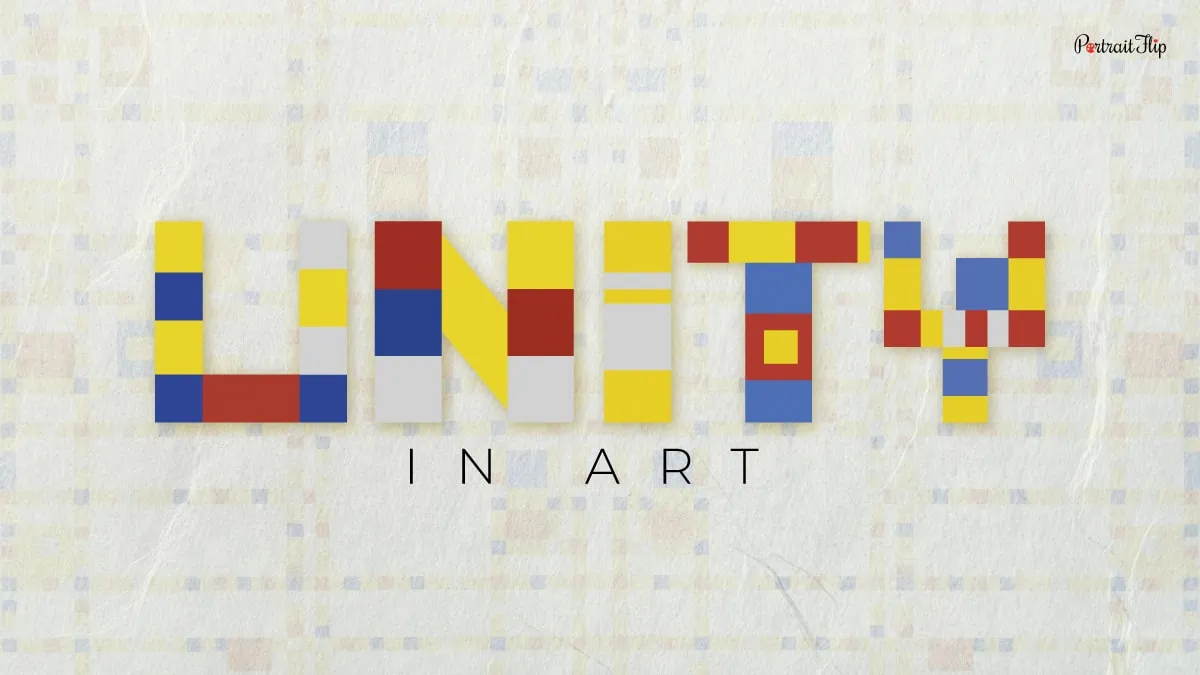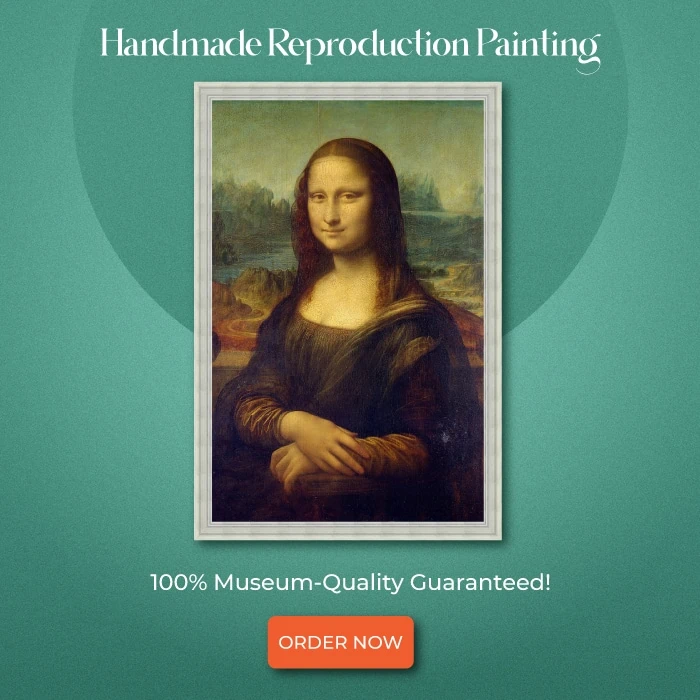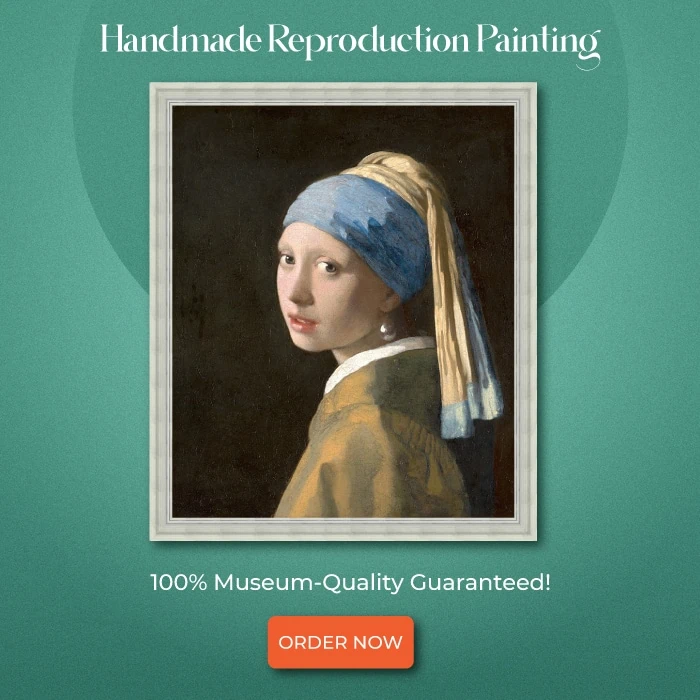We are all well aware of the phrase— Unity in Diversity!
But how many of you know what Unity in Art means?
If this is something new for you, that’s alright!
Because with Unity in Art, we are getting into the technique and principles of art.
Understanding how exactly art is put together!
In simple words, unity in art is one of the principles of art.
But, what does unity mean in art? And how do we apply it?
While art is of course a medium where someone can freely express themselves, some techniques go into it.
That is also why an artist cannot create or appreciate art if they are not well aware of these techniques, including unity in art!
Don’t worry, it is nothing complicated!
Once I break it down to you with my research, you will start appreciating art better than before.
All the famous artists we know today have also used these principles of art, which in fact elevated their artwork.
Table of contents
What Do You Mean By Unity in Art?
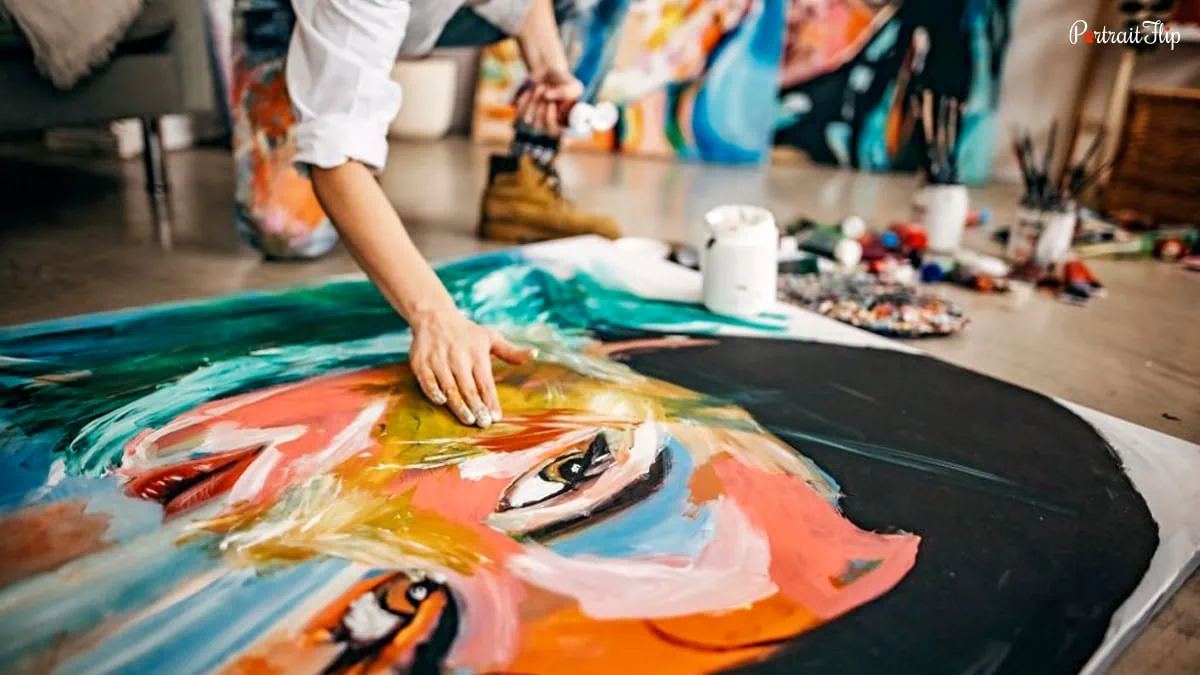
Before we understand how ‘unity in art’ works, let us get into the definition of unity in art!
So, what is unity in art exactly?- Let me help you with that.
Unity is one of the principles of art that artists follow to deliver the best results.
Wondering what are the principles of art?
They are harmony, balance, emphasis, movement, rhythm, pattern, proportion, depth, scale, and of course, unity!
Just like the word “Unity” suggests, it is all about the coming together of different elements or units of an artwork.
Art, like everything else, is also a composition that an artist weaves together with different individual elements.
Therefore, unity in art means the compilation of different elements of art to make the painting whole and complete.
Suggested Read: Rhythm in Art: Explore the Principles of Art Rhythm!
Importance of Unity in Art
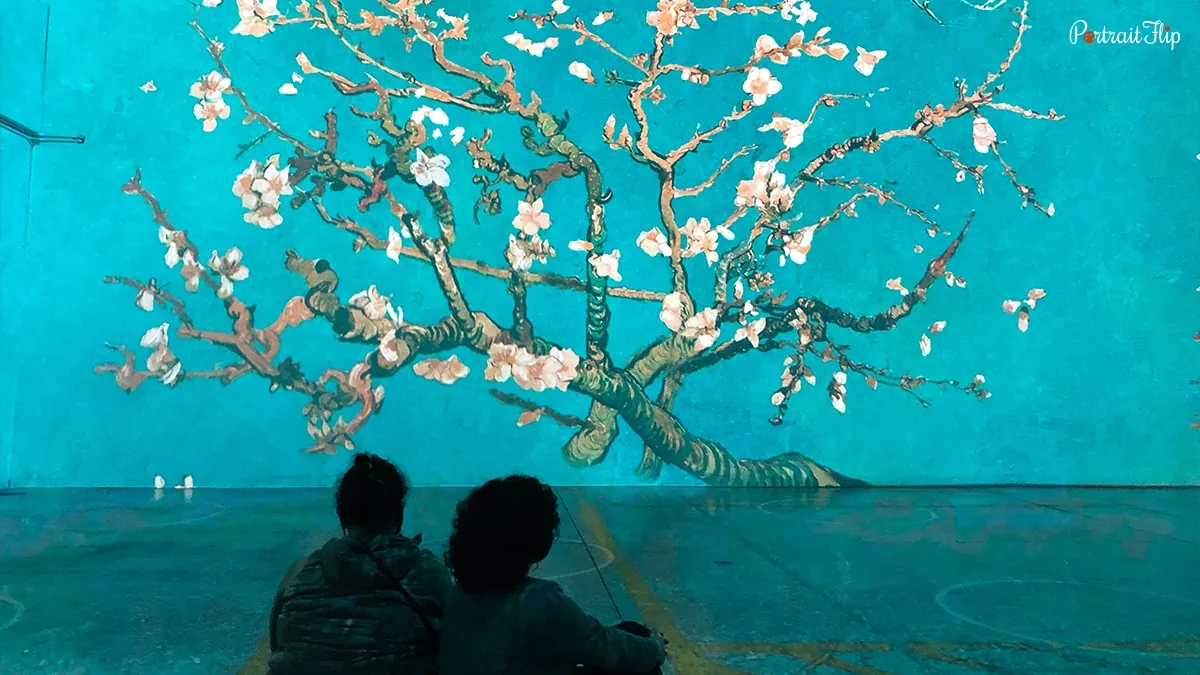
Do you recognize famous paintings like the Mona Lisa, the Guernica, and The Golden Lady?
To create an art that resonates with the viewer, the visual aspect is extremely important.
Unity in art demonstrates how even the little elements you add to a painting can completely affect its value as a whole!
Understanding these little elements gives the artist the power to play around with them to create something unique.
Maestros in the art community have used unity in art, like Leonardo da Vinci, Wassily Kandinsky, Gustav Klimt, and others.
To make a unique composition of a painting, you need the smaller components, which act like building blocks.
Therefore, understanding these building blocks will give you a deeply derived experience of the complete artwork.
Furthermore, another important aspect of unity in art is the ability to interpret and adapt different artistic elements, which sometimes requires reinterpretation of original works.
If you look at it from the literature perspective then poem paraphrasing is the perfect example, as it allows us to understand the author’s intention better.
It also helps to create a new artistic meaning while remaining faithful to the original piece.
The Different Elements of Unity in Art
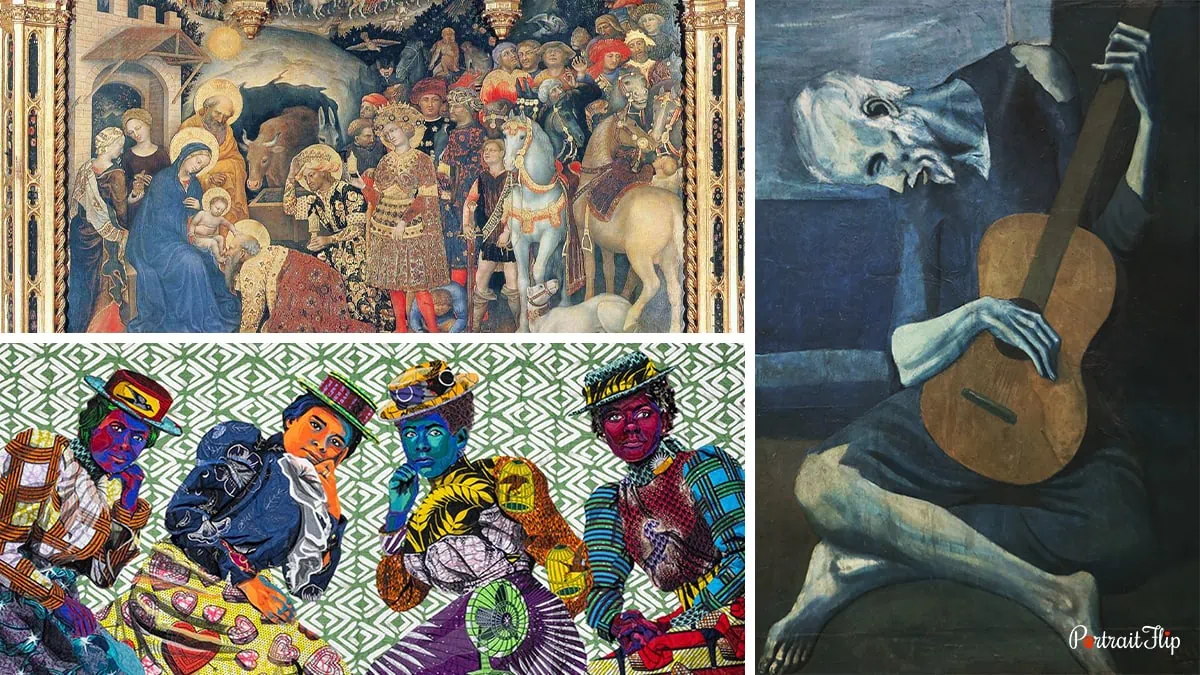
Now that we know what unity in art means, it’s about time we looked at some examples of unity in art.
But how do we identify unity art?
It is important to understand that unity in art works differently compared to other principles of art.
Yes, the unity principle art is not just a visual aspect artists use, but they are more of a concept used while making art!
So, in a way, we start looking at art from the perspective of unity in art’s elements.
What are these elements of unity in art that are usually used by artists while creating their artwork?
There are three main elements that we shall look into in this article.
Proximity, Repetition, and Simplicity.
Now these elements are still part of the concept and therefore can be used in different perspectives.
Variety in art is to group different components using the elements of unity art.
This in turn will be viewed only as a whole, like how everyone views a painting for the first time.
It is only on the second or third viewing do we start dissecting the whole painting and finding layers to it.
To have a better understanding, let me elaborate on each one to you by using examples of unity in art!
Suggested Read: Movement In Art: What Does Movement Mean In Art?
Proximity

Proximity is one of the elements of unity in art.
As the name suggests, it refers to how close the figures, patterns, and brushstrokes are in a particular painting.
Artists across art movements like the Medieval Ages Art, Renaissance, Baroque, etc. have used this element in their paintings in different ways.
Even Pop Art paintings from modern art use proximity as a technique for creating unity art.
Let us look at a unity drawing example to understand this better.
I have taken one of the most famous medieval paintings of all time by Gentile da Fabriano, the Adoration of the Magi!
At first glance, it is just another famous Jesus painting, but what is the second thing you notice?
Yes, it is the people, and how they are arranged in the painting!
This is where the artist played with proximity— the figures are painted nearby, one after the other, almost like a pattern!
The unity in the painting is brilliantly showcased through proximity, as you can also see the whole trail of people behind.
I felt that it gave a three-dimensional effect, which is a splendid addition to the history of paintings from the Medieval ages!
Repetition
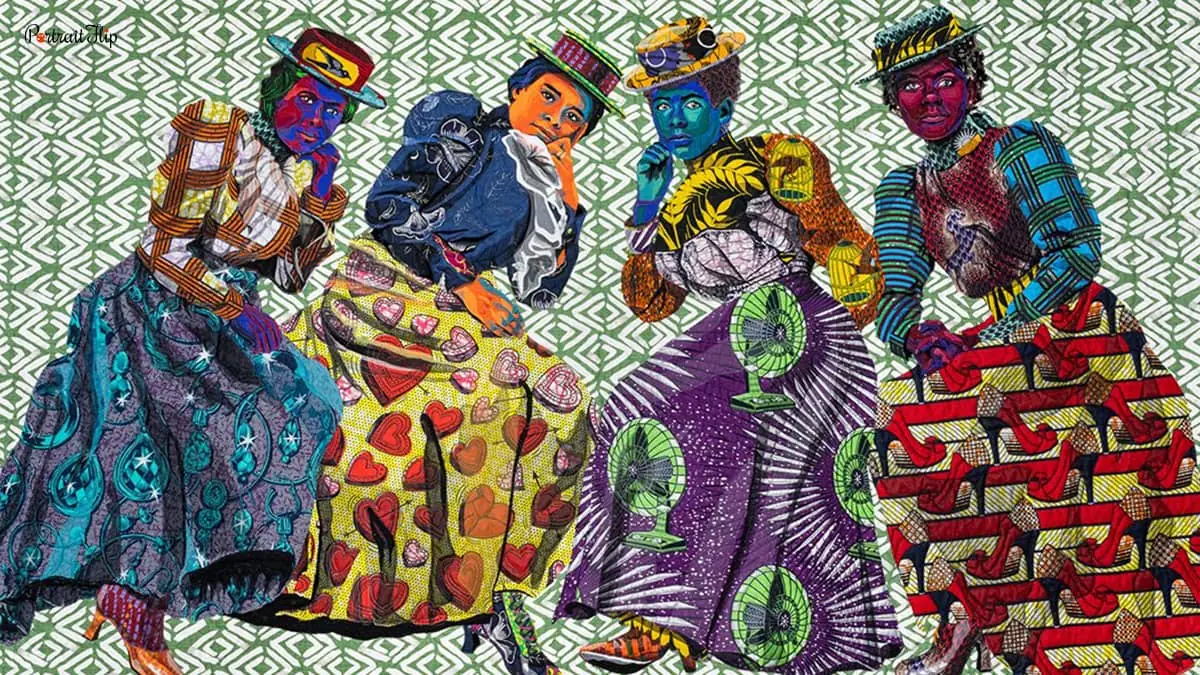
Now we come to the repetition element of unity in art!
Repetition can mean a lot of things, but what do you think it is when it comes to unity art and paintings?
Again, repetition is similar to proximity based on how it is used by the artist.
By this, I mean how this element can have various patterns and sequences in every other painting you come across.
Then within repetition, there are tessellations also!
Fun fact: Did you know that these repetitions can also be without any gaps in between? Yes, that is what tessellations are.
And they are applied to various aspects of unity in art.
The figures on the painting, the colors, shapes, the background, etc. are all incorporated in the rules of unity art.
To understand repetition better, I have chosen a painting of one of the most famous contemporary black artists, Bisa Butler!
It is one of the artist’s masterpieces called “I Know Why the Caged Birds Sing”.
Let us look at this unity in art example— woah, I know, a lot is happening in this unity painting!
The vibrance in color, the extravagant clothes, the brazen faces, and the strong personalities!
It is a personal favorite, and I thought repetition could be best explained with Bisa Butler’s artwork.
The background to start for, the patterns are consistent.
So are the patterns on the women’s outfits!
Even when you look just at the women, the way they pose, the way their hands are resting, there is again a pattern, a repetition that you can see!
The several repetitions, or patterns here, are seen through colors, clothes, and even the background.
You can again notice repetition if you closely observe abstract paintings!
Simplicity

Less is always more!
This particular element of unity in art is all about keeping it simple!
Or in pure Gen Z terms, being a minimalist!
But what exactly does it mean and how is it used by artists?
As the name suggests, simplicity means using all the art elements in limitations or using minimal elements.
So, this means using color, shapes, and designs in a minimalist way.
With simplicity, you will see paintings with a particular color scheme, or recurring pattern, nothing too extravagant and complicated.
I think of the perfect unity drawing examples you can look at are abstract paintings!
Famous abstract artists are popular for making art with just one to three colors.
To explain simplicity further, I have chosen an art piece by an infamous artist, the father of Cubism, Pablo Picasso!
Let us take a closer look at this famous work that screams unity art.
The Old Guitarist was made during the Blue Period of Picasso’s art trajectory.
There the color blue is dominant in all the paintings he created during this time.
Blue represents melancholy, despondency, and despair.
The color also suggests healing and being more laid back!
As you can see, while blue dominates the painting, the other colors used are not in contrast but a shade darker or lighter.
We can understand this move done by the artist was to keep the color scheme intact!
Maintaining the Balance
Other sources also imply how in art compositions, artists use negative spacing or blank spaces in the painting.
You need to understand that this is a deliberate act, and it is part of the unity drawing!
Simplicity can also mean maintaining balance.
You mustn’t confuse it being something that has less to no effort in the painting, definitely not!
It could take an artist more effort time and thought to bring simplicity to create unity in art!
Suggested Read: Abstraction of Art: The Struggle for Artist’s Freedom
To Conclude
I told you, understanding unity in art is not complicated at all!
Before concluding, there are a few things that you, as an art admirer or artist, should keep in mind;
- Unity in Art is more of a concept than anything else, and artists can imply it in their art in more ways than one.
- It solely depends on how you as an artist, decide to decipher and apply different art elements to create unity in art.
- I believe it is also necessary to understand that not all artists keep these principles in mind while creating art. Sometimes it is also us, the viewers, who use this concept while studying the art.
Understanding all the principles of art works as extra brownie points for an artist.
This is because you end up creating art that is more meaningful and mindful!
So next time you look at an art piece, I hope your mind wanders to think more about unity in art!
Suggested Read: Color in Art Explained
Author Says Hi!
Greeting My Dear Readers,
I hope you are now well-read on Unity in Art and at least have a broad understanding of it.
Thank you for taking out time to read my blog, because I enjoyed writing it.
I will be soon back with the next one,
Until then,
Cheers xx
Frequently Asked Questions
Unity in art is one of the principles of art, where different individual components come together to create a whole art composition.
The three most common elements that emphasize Unity in Art are Proximity, Repetition, and Simplicity.
Using a simple color scheme, placing objects and figures in a certain manner, repeating patterns and symbols, etc, are all examples of Unity in Art.



